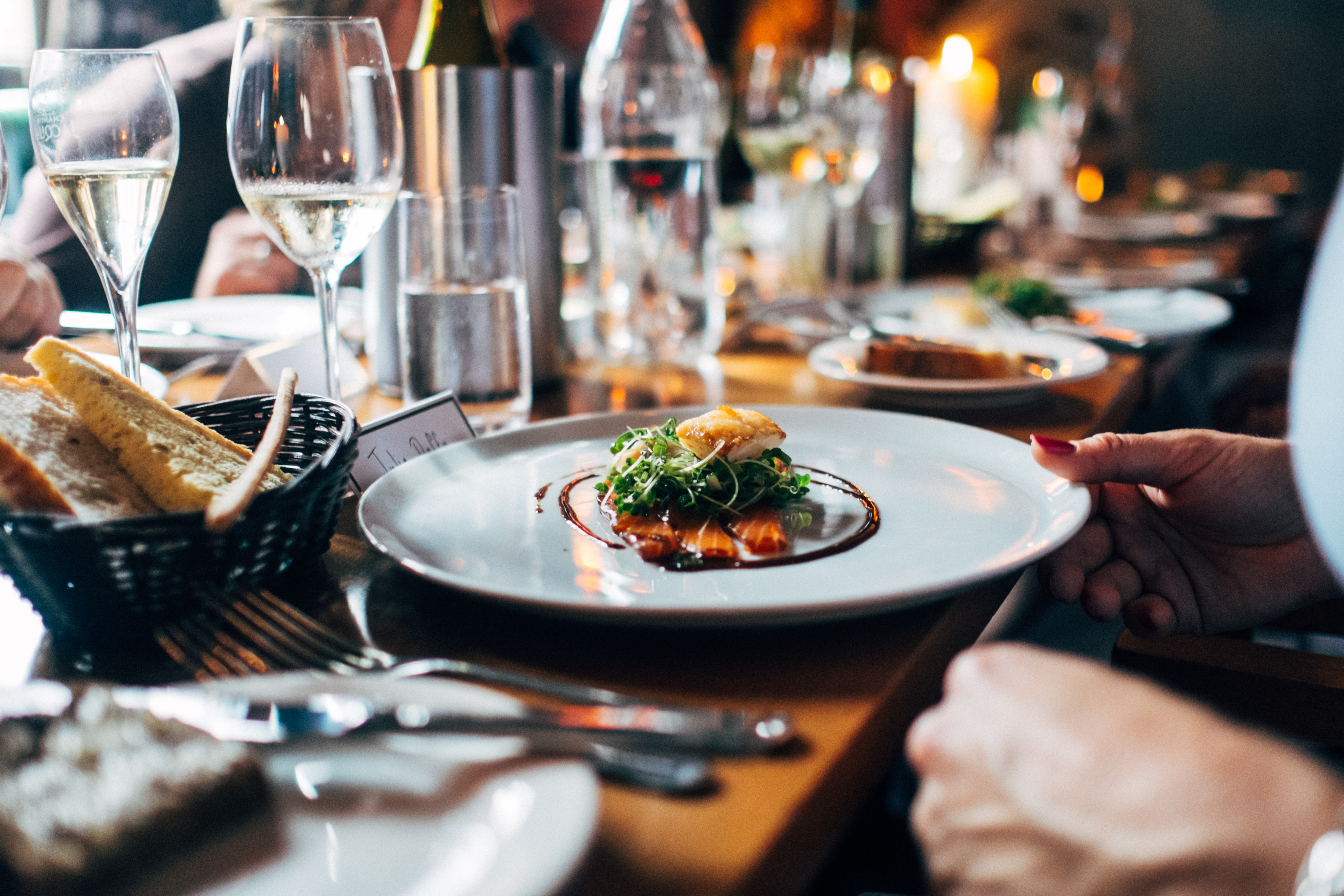
Written by KJ Sakura
In my career as a sommelier, I cannot begin to tell you how easy it is to screw up a wine pairing.There are your classic partners such as Muscadet and oysters, Sauternes and foie gras, Napa Valley Cab and Ribeye, Banyuls and pot de crème… the list goes on!
But what do you do when chef has a last minute addition to the menu that HAS to be paired that evening? Or your guest of honor at the table absolutely loves young Barolo, but insists on ordering cured anchovies and sashimi?
One huge aspect of being a wine professional that rarely gets noticed is the ability to think on your feet. Somms are constantly trying to make guests feel like everything is completely under control when in reality they can be thinking…. shit, shit, shit! What do we do?
The beauty of these wine quagmires is that there is a perfect solution, but sommeliers outside of Japan rarely use this playing card. The answer is SAKE!
Sake can do what wine is unable to do. There are 4 major acids which exist in wine. They are the following:
Malic: found in apples
Citric: found in citrus
Tartaric: found most notably in grapes
Lactic: acid which exists in developing milk and cheese
Sake is 1/5 lower in acid in comparison to wine and is primarily made up of lactic and amino acids. Lactic acid is commonly spoken of in the sake world due to its important presence in the shubo or yeast starter. It becomes the star of the show in lactobacillus-driven styles such as Kimoto, Yamahai and Bodaimoto. What’s commonly overlooked is the high proportion of amino-sando aka amino acids; the building blocks of protein! They exist in trace amounts in wine, but in sake they are a dominant player in the texture and flavor of the brew.
Here are some of my favorite sake recommendations for difficult ingredients:
+ Asparagus – Elegant, medium-bodied Junmai Daiginjo with melon aromas, such as Taiheizan Tenko 20 “Heavenly Grace” (Kodama Brewing @Akita)
+ Mole Sauce – This tricky sauce containing chilis, chocolate and tortillas can be tempered with chili-infused plum sake Ippongi Hannya Tou Spicy Umeshu (Ippongi Kubo Honten @Fukui)
+ Shoyu – Sake with distinct wild mushroom notes such as Kamoizumi Shusen Junmai Ginjo (Kamoizumi Shuzou @Hiroshima) pairs perfectly with this salty, umami-driven condiment
+ Roquefort – The pungency of this classic blue cheese works wonders with rich and flavorful Born Muroka Nama Genshu (Katou Kichibee Shouten @Fukui)
+ Epoisses – This classic washed-rind cheese and Kidoizumi Hakugyokko Yamahai Muroka Nama Genshu (Kidoizumi @Chiba) are a match made in funkytown heaven
+ Artichokes – Due to the compound cynarine which makes everything after it taste peculiarly sweet; a successful pairing can be attained with the fruit-forward and lightly cloudy Gozenshu Bodaimoto Junmai Usu-nigori (Tsuji Honten @Okayama)
Another challenging realm for pairing is the almighty dessert course! Again, here is where wine’s acidity level can make pairing difficult. Residual sugar is necessary to temper acidity and complement the higher sweetness levels existing in these dishes. Some sakes have this magical ability to pair with opposing spectrums of flavor. Here are some magnificent sakes that do the job of pairing with both savory AND sweet dishes:
+ Braised Pork / Fruit Sorbets – Yuki no Bosha ‘Limited Edition’ Junmai Ginjo (Saiya Shuzoten @Akita)
+ Chocolate desserts / Tiramisu / Gouda / Charcuterie – Kamoizumi Red Maple 2-Year Aged Namazume (Kamoizumi Shuzou @Hiroshima)
+ Seasonal fruit plate / Digestif – Jozen ‘Aqua’ Junmai (Shirataki Sake Brewery @Niigata) (can replace your average after dinner tipple such as Vespaiolo Grappa or Eau de Vie)
Sake is also gluten free, contains no sulphites and is the perfect beverage for vegans. That’s why sake solves every food & wine conundrum. It is the missing puzzle piece of pairing!